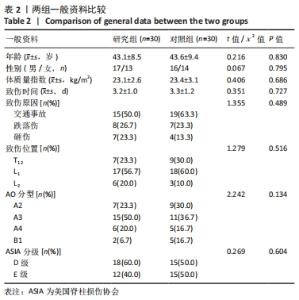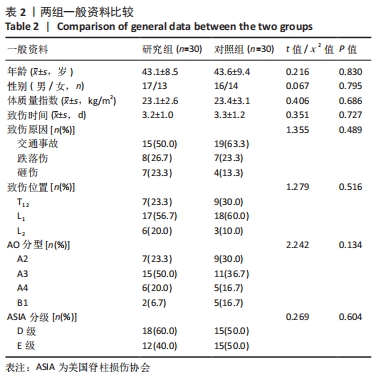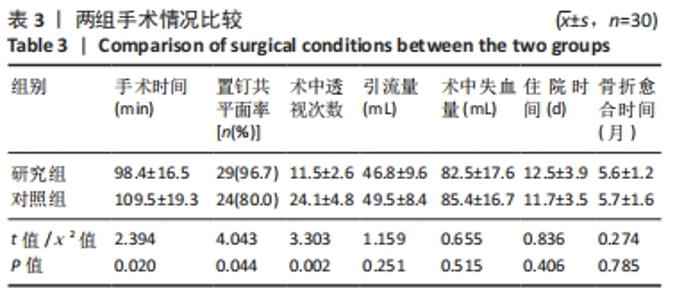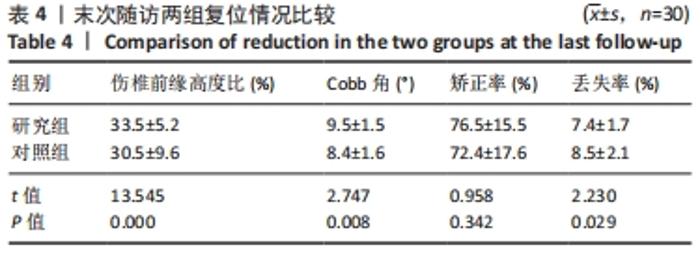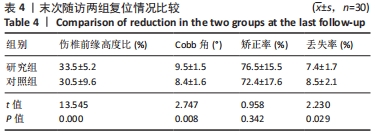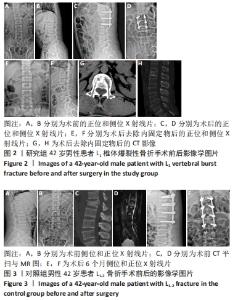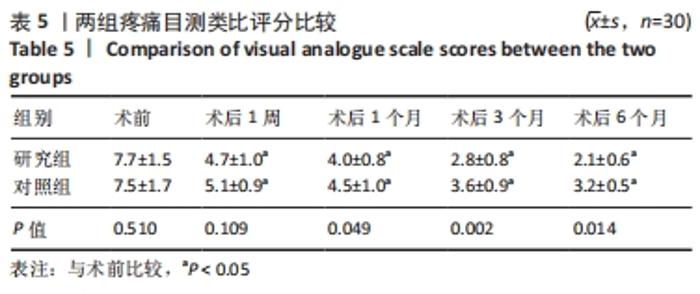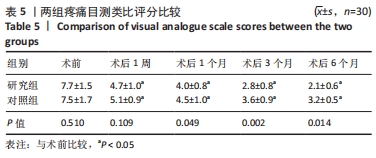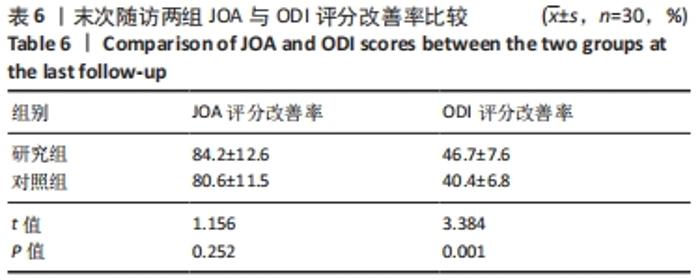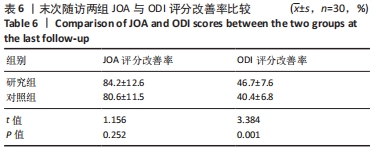[1] Tian F, Tu LY, Gu WF, et al. Percutaneous versus open pedicle screw instrumentation in treatment of thoracic and lumbar spine fractures: A systematic review and meta-analysis. Medicine (Baltimore). 2018; 97(41):e12535.
[2] Kam JKT, Gan C, Dimou S, et al. Learning Curve for Robot-Assisted Percutaneous Pedicle Screw Placement in Thoracolumbar Surgery. Asian Spine J. 2019;13(6):920-927.
[3] WU C, DENG J, LI T, et al. Percutaneous Pedicle Screw Placement Aided by a New Drill Guide Template Combined with Fluoroscopy: An Accuracy Study. Orthop Surg. 2020;12(2):471-479.
[4] ZHANG JN, FAN Y, HAO DJ. Risk factors for robot-assisted spinal pedicle screw malposition. Scientific reports. 2019;9(1):3025.
[5] 张超, 於绍龙, 周宗萌. “O”臂导航辅助经皮内固定治疗单纯性胸腰椎骨折的临床观察[J]. 颈腰痛杂志,2021,42(1):41-44.
[6] KOCIS J, KELBL M, KOCIS T, et al. Percutaneous versus open pedicle screw fixation for treatment of type A thoracolumbar fractures. Eur J Trauma Emerg Surg. 2020;46(1):147-152.
[7] 韩雪昆, 任永信, 张慰. 经皮伤椎置钉植骨治疗胸腰椎骨折疗效观察 [J]. 南京医科大学学报(自然科学版),2020,40(1):115-118.
[8] 邹守平, 卢道云, 叶力. 微创经皮伤椎置钉治疗胸腰椎骨折:6个月随访脊柱生物力学变化[J]. 中国组织工程研究,2021,25(24):3865-3869.
[9] 徐正宽, 陈刚, 李方财, 等. 经皮伤椎椎弓根置钉纠正胸腰段骨折后凸成角的疗效[J]. 中华创伤杂志,2017,33(3):235-240.
[10] 陈劲松, 向阳, 沈成华. 经皮伤椎置钉内固定治疗急性胸腰椎骨折[J]. 临床骨科杂志,2018,21(6):663-665.
[11] DUNN C, FALOON M, MILMAN E, et al. Accuracy and Safety of Percutaneous Lumbosacral Pedicle Screw Placement Using Dual-Planar Intraoperative Fluoroscopy. Asian Spine J. 2018;12(2):238-245.
[12] 刘立民, 周京源, 郭强, 等. 微创经皮椎弓根螺钉固定技术对胸腰椎骨折患者的临床有效性研究 [J]. 湖南师范大学学报(医学版), 2019,16(1):85-88.
[13] 万晓宏. 不同入路联合选择性关节突融合治疗A型胸腰椎骨折的临床效果[J]. 四川生理科学杂志,2020,42(3):298-301.
[14] TETREAULT L, KOPJAR B, NOURI A, et al. The modified Japanese Orthopaedic Association scale: establishing criteria for mild, moderate and severe impairment in patients with degenerative cervical myelopathy. Eur Spine J. 2017;26(1):78-84.
[15] DOMAZET I, NEMIR J, BARL P, et al. Validation of the Croatian version of the Oswestry Disability Index. Eur Spine J. 2018;27(11):2814-2822.
[16] 代文杰, 李成, 余海宁, 等. 经伤椎椎弓根植骨置钉后路内固定对胸腰椎骨折患者Cobb角、ODI评分的影响[J]. 贵州医药,2021, 45(1):79-81.
[17] 白长双, 王法佳, 戴尚轶, 等. 经皮与开放椎弓根钉固定胸腰椎骨折的比较[J]. 中国矫形外科杂志,2020,28(12):1098-1103.
[18] KO M, BAYAR B, BAYAR K. A Comparison of Back Pain Functional Scale With Roland Morris Disability Questionnaire, Oswestry Disability Index, and Short Form 36-Health Survey. Spine. 2018;43(12):877-882.
|
